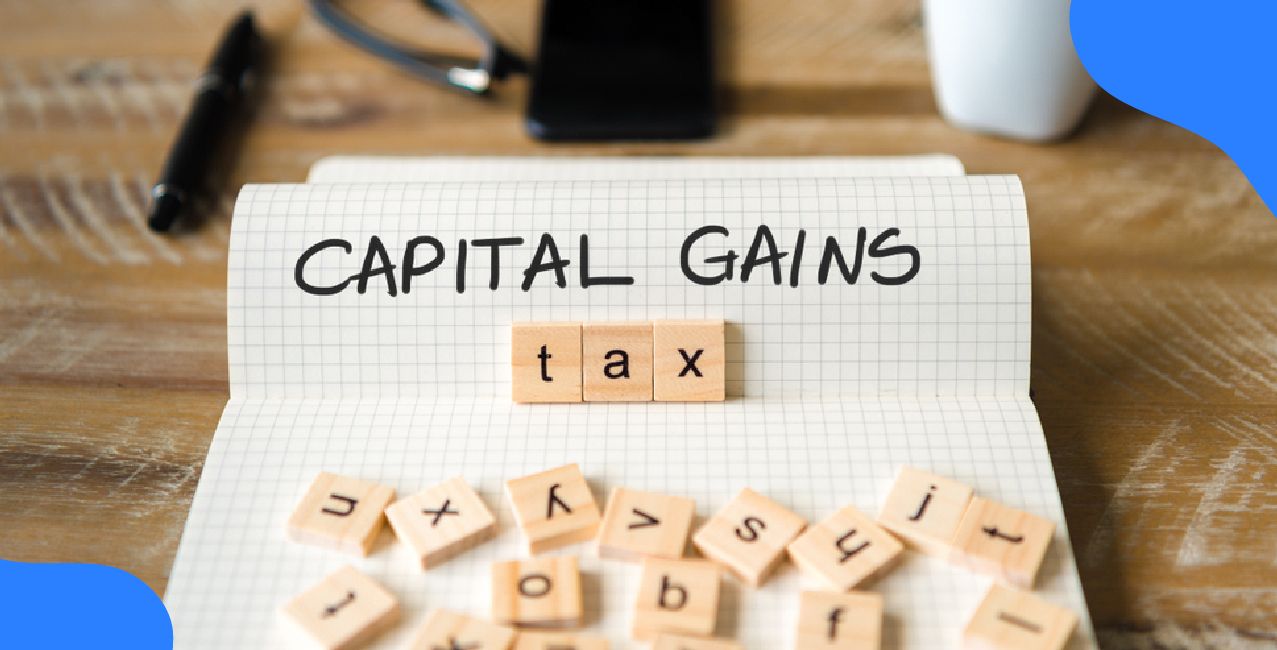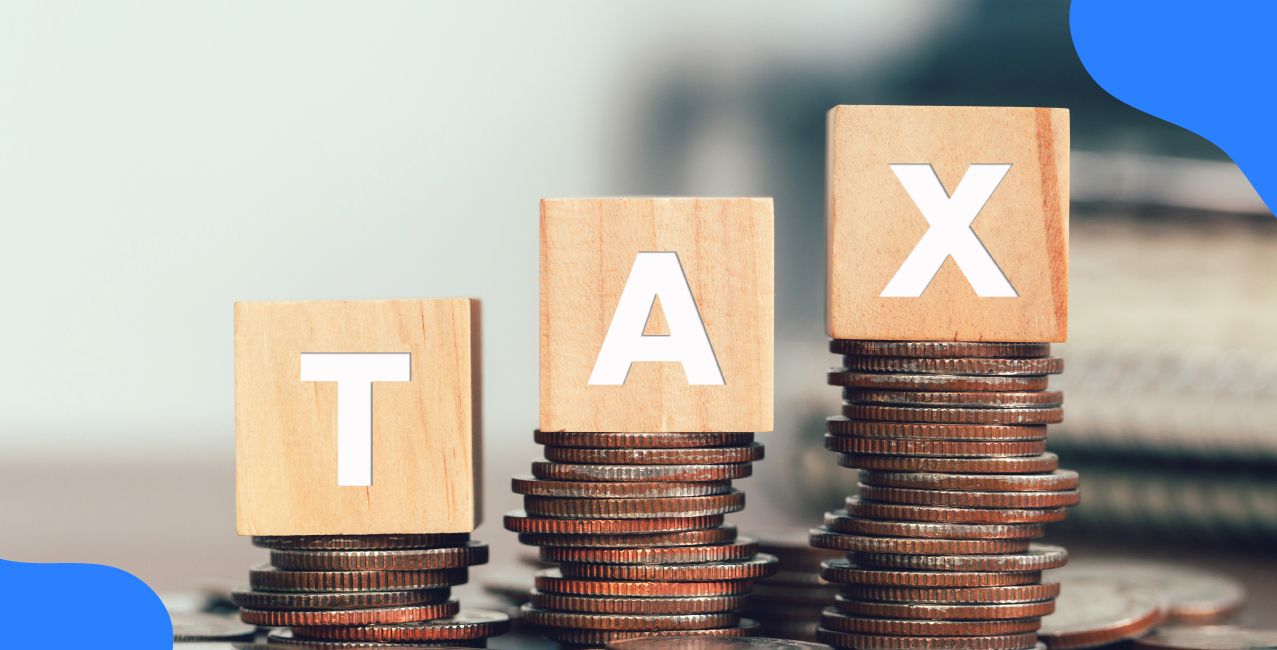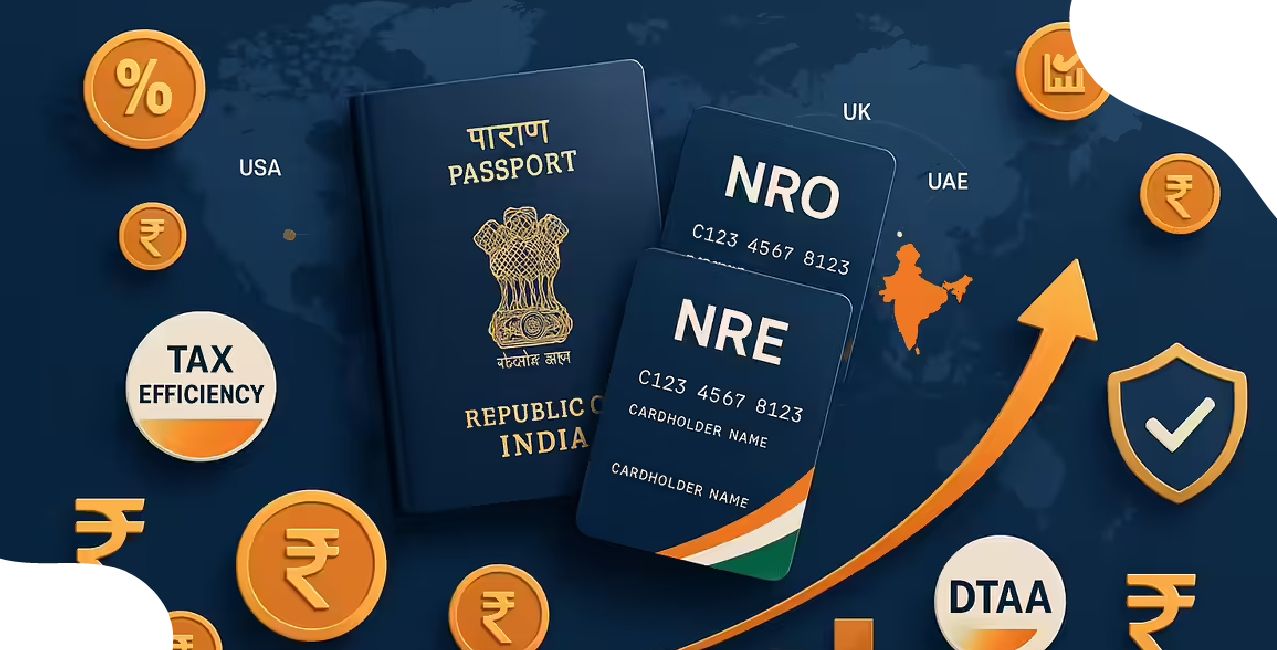
Author
LoansJagat Team
Read Time
7 Minute
24 Feb 2025
This Man Went from ₹12 Lakh Debt to ₹0: Proven Strategy for 2025
Imagine you owe ₹12 lakh. Each month, ₹50,000 disappears from your account to cover your EMIs (Equated Monthly Installments). That’s ₹6 lakh gone every year, and most of it is just paying off interest!
For Rajesh (name changed), a 32-year-old from Mumbai, this was not just a nightmare; it was his daily life.
The debt piled up from credit cards (₹4.5 lakh), personal loans (₹5 lakh), and a failed business venture (₹2 lakh). His financial situation seemed hopeless, with interest rates hitting as high as 36% annually on his credit card.
But here’s the twist. In just 24 months, Rajesh cleared every rupee of his debt, not with luck but with innovative strategies and discipline.
According to the 2024 report, the average Indian household debt has increased to 42.9% of GDP as of June 2024. Rajesh’s ₹12 lakh burden was nearly 8 times that! But with focus, he paid it off faster than most people clear a car loan.
How did he do it?
This blog breaks down his exact plan and strategies you can apply, too.
Understanding the Full Debt Picture
Rajesh’s debt wasn’t built overnight; it grew slowly from everyday mistakes that many of us make: relying too much on credit cards, taking out personal loans for emergencies, and investing in a business without a solid backup plan.
Here’s how his total debt broke down:
Type of Debt | Amount (₹) | Interest Rate (Annual) | Monthly EMI (₹) | Total Paid Over 2 Years (₹) |
Credit Card Debt | 4,50,000 | 36% | 18,000 | 5,82,000 |
Personal Loan | 5,00,000 | 14% | 11,400 | 5,47,200 |
Business Loan | 2,00,000 | 18% | 7,200 | 2,57,600 |
Total | 12,00,000 | - | 50,000 | 13,86,800 |
- In just 2 years, Rajesh paid an extra ₹1,86,800 in interest.
- His credit card debt alone generated ₹1,32,000 in interest (₹5,82,000 total paid – ₹4,50,000 principal).
Let’s look at different debt payoff strategies.
- Choosing the Right Payoff Strategy: Avalanche vs. Snowball
Rajesh had two choices:
- Debt Snowball Method: Pay off the smallest debts first for quick wins.
- Debt Avalanche Method: Pay off the highest interest rates first to save the most money over time.
Which did he choose?
The Debt Avalanche Method, because his credit card interest rate was eating up his income fast.
For Example,
If he paid ₹50,000 per month:
- First 6 months: ₹4.5 lakh credit card debt cleared → ₹3 lakh saved in potential future interest.
- Next 10 months: Focused on the ₹5 lakh personal loan. After repaying this, his EMI burden dropped.
- Final 8 months: Cleared the ₹2 lakh business loan.
By following this method, Rajesh saved over ₹1 lakh in interest compared to the snowball approach.
2. Finding Hidden Savings
Rajesh had to free up as much cash as possible to clear debt quickly. He made drastic lifestyle changes and followed a zero-based budgeting system, where every rupee had a purpose.
What is Zero-Based Budgeting?
In a zero-based budgeting system, you assign every rupee you earn to a specific purpose, such as paying bills, savings, or debt repayment.
Read More – Meet the Woman Who Cleared ₹20 Lakh Debt in Just 2 Years
By the end of the month, your income minus your expenses should equal zero, meaning every rupee is planned for. This doesn’t mean you spend all your money but ensures that nothing is left unassigned, helping control spending and maximise savings.
Expense | Old Cost (₹/Month) | New Cost (₹/Month) | Savings (₹/Month) |
Rent | 20,000 | 12,000 | 8,000 |
Eating Out | 5,000 | 0 | 5,000 |
OTT Subscriptions | 1,500 | 0 | 1,500 |
Travel (Cabs to Public) | 4,000 | 1,000 | 3,000 |
Total Savings | - | - | ₹17,500 |
- His ₹17,500 monthly savings covered 35% of his debt payments (₹50,000 per month).
- In one year, his cost-cutting efforts alone saved him ₹2,10,000!
3. Building an Emergency Fund Before Investing
One of the smartest moves Rajesh made was prioritising the creation of an emergency fund before making extra payments on his loans.
Why? Because unexpected expenses, such as medical emergencies, car repairs, or sudden job loss, can quickly force someone back into debt if they’re unprepared.
Rajesh saved ₹50,000 specifically for such emergencies. This allowed him to cover sudden expenses without relying on high-interest credit cards or new loans.
For example, if he faced a medical emergency costing ₹20,000, he could withdraw from his emergency fund instead of using his credit card with a 36% annual interest rate. This single action would have saved him approximately ₹7,200 in potential interest over the year.
Beyond the numbers, having an emergency fund gave him peace of mind, allowing him to focus on debt repayment without fearing unexpected financial shocks. This step ensured he stayed on track with his repayment journey and didn’t fall back into the debt cycle.
4. Smart Investing for Long-Term Financial Security
After becoming debt-free, Rajesh didn’t stop there. He started investing to build long-term wealth.
Investment Type | Monthly Investment (₹) | Annual Return Rate (%) | Expected Value After 5 Years (₹) |
SIP (Mutual Funds) | 10,000 | 12% | 8,36,000 |
Fixed Deposits (FDs) | 5,000 | 7% | 3,45,000 |
Dividend Stocks & Passive Income | 5,000 | 10% | 3,24,000 |
Total Expected Returns | 20,000 | - | ₹15,05,000 |
- A ₹10,000 SIP with 12% returns would grow to ₹8.36 lakh in 5 years.
- This amount could fund a down payment for a house or act as a retirement fund starter.
5. Cutting Down High-Interest Expenses First
High-interest expenses can drain your money quickly, just like a leaking bucket. Rajesh's credit card debt had an interest rate of 36% per year. This meant a big chunk of his monthly EMI was going toward paying off interest rather than the actual loan amount.
How did he fix this?
Rajesh’s first step was to focus on cutting down the highest-interest debts. He targeted his credit card payments before anything else because the longer he delayed, the more interest piled up.
Example:
Let’s say you have three debts:
- Credit card: ₹1,00,000 at 36% interest
- Personal loan: ₹2,00,000 at 14% interest
- Business loan: ₹1,50,000 at 18% interest
If you pay off the credit card first, you will save ₹36,000 in interest over a year. If you delay this by even six months, the extra interest could be around ₹18,000, which is a huge loss!
Tip: Always clear the debt with the highest interest first. This strategy, known as the Debt Avalanche Method, will help you save more money in the long run and clear your debt faster.
6. Negotiating Better Loan Terms with Lenders
Most people don’t realise that you can negotiate your loan terms. Banks and financial institutions are often open to discussing better interest rates or flexible repayment options, especially if you’ve been a loyal customer.
How did Rajesh do it?
Rajesh approached his bank and asked for a lower interest rate on his loan. Since he had a good repayment record, the bank reduced his rate from 14% to 11%. This small change saved him around ₹1,500 per month on EMIs.
Example:
If you have a personal loan of ₹5,00,000 at 14% interest with an EMI of ₹11,400:
- If the interest rate drops to 11%, your new EMI will be around ₹9,800.
- You save ₹1,600 every month, which adds up to ₹19,200 annually!
How to Negotiate:
- Keep a good repayment history.
- Research competitive rates from other banks.
- Highlight your credit score if it’s above 750.
- Ask for waivers on processing fees or prepayment charges.
Rajesh’s friend Sameer followed this advice and negotiated his car loan terms. His bank lowered his rate by 2%, saving him nearly ₹50,000 over the loan period. A simple conversation with the lender brought significant savings!
7. Using Windfalls and Bonuses to Reduce Debt Faster
Unexpected money like bonuses, tax refunds, or gifts can help clear debt faster if used wisely. Instead of spending this extra money, Rajesh used every windfall to make lump-sum payments on his loans.
When Rajesh received a ₹1,00,000 annual bonus, instead of spending it on a holiday, he paid off a large chunk of his loan. This reduced his EMI burden and saved him months of payments.
Example:
If you owe ₹2,00,000 on a personal loan at 14% interest:
- Making a lump-sum payment of ₹50,000 reduces your remaining loan amount to ₹1,50,000.
- This lowers your EMI from ₹7,000 to ₹5,250.
- You save ₹1,750 every month and reduce your total interest payment by approximately ₹20,000 over the remaining loan period.
Savings Breakdown:
Source of Extra Funds | Amount (₹) | Loan Reduced (₹) | Interest Saved (₹) | Months Reduced |
Annual Bonus | 1,00,000 | Personal Loan | 25,000 | 5 months |
Tax Refund | 30,000 | Education Loan | 5,000 | 3 months |
Gift from Family | 20,000 | Credit Card Debt | 7,200 | 2 months |
Why These Strategies Work Together
Rajesh’s success wasn’t because of a single strategy; it was a combination of thoughtful planning, negotiation, and discipline:
- Cutting high-interest debts saved him from losing unnecessary money on interest payments.
- Negotiating loan terms reduced his monthly EMIs, freeing up cash for quicker repayments.
- Using windfalls gave him the power to clear large amounts of debt in one go, cutting interest payments and loan tenure.
In just two years, Rajesh turned a ₹12 lakh debt mountain into ₹0 by staying focused and using every available resource wisely. His journey shows that with smart choices and discipline, becoming debt-free isn’t just a dream; it’s possible for anyone.
Conclusion
If you’re searching for the best way to pay off debt in India, take a lesson from Rajesh’s success. He turned a ₹12 lakh debt into zero within just two years without any windfalls or miracles, just pure strategy and consistency.
Also Read - This Man Paid Off ₹50 Lakh Debt in 2 Years – His Exact Strategy Revealed
The question now is: What’s stopping you from starting your debt-free journey today?
Remember, the hardest part is taking that first step. But once you do, every wise financial decision brings you closer to a life without debt and with true financial freedom. Wouldn’t it be worth starting now, knowing that two years from today, you could be completely debt-free, too?
FAQs
1. What is the best way to pay off debt in India?
The best way is the Debt Avalanche Method, where you first clear loans with the highest interest rates.
2. How can I pay off a ₹10 lakh loan fast?
Increase your income with freelancing or side hustles, reduce unnecessary expenses, and make extra loan payments.
3. Should I invest while paying off debt?
Only after building an emergency fund. Priority should be placed on high-interest loans first, followed by investments.
4. How much should I save every month after clearing debt?
Follow the 50/30/20 rule—save at least 20% of your income in SIPs, FDs, or other investments.
5. What are the biggest mistakes people make while repaying debt?
Ignoring high-interest loans, not budgeting, continuing lousy spending habits, and taking on new debt.
6. How do I stay debt-free forever?
Live below your means, track expenses, invest wisely, and build multiple income streams.
About the Author

LoansJagat Team
‘Simplify Finance for Everyone.’ This is the common goal of our team, as we try to explain any topic with relatable examples. From personal to business finance, managing EMIs to becoming debt-free, we do extensive research on each and every parameter, so you don’t have to. Scroll up and have a look at what 15+ years of experience in the BFSI sector looks like.

Quick Apply Loan
Subscribe Now


